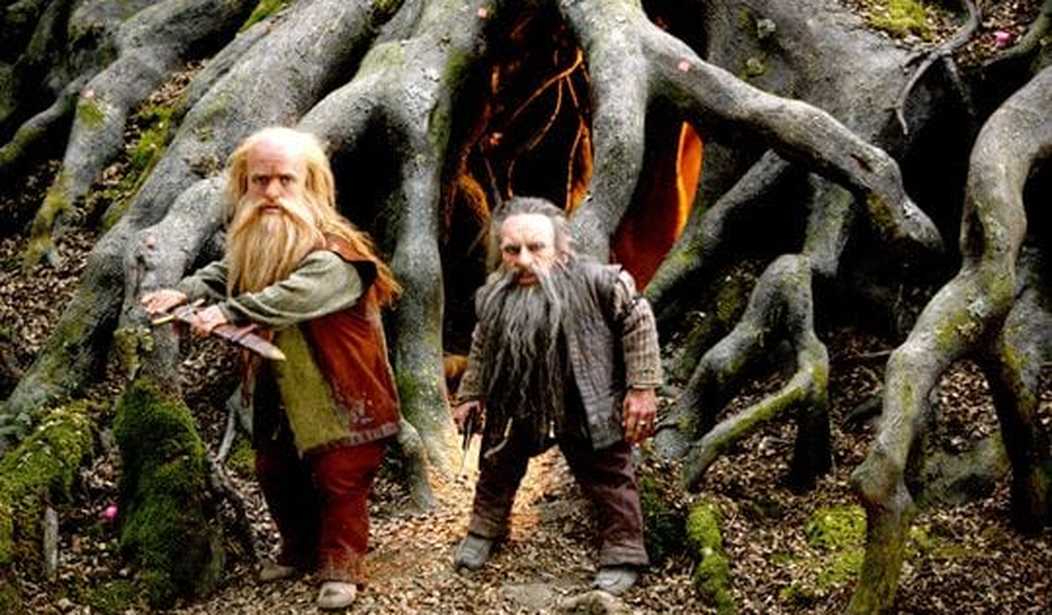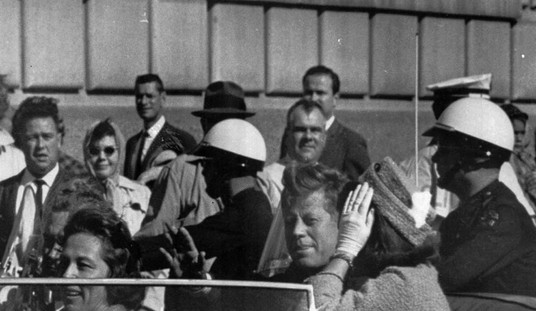My very favorite single line ever written with regard to Christmas is from a work of fiction that never explicitly mentions Christmas.
In C.S. Lewis’ closing book of his Narnia series, The Last Battle, Narnia’s last king finds himself thrown through a stable door in the midst of the brutal, apparently losing fight. But instead of a dank, dark, smelly barn, King Tirian finds himself looking at blue sky in an endless, beautiful, grassy countryside, with laughing friends all around him. Then comes the line:
“It seems, then,” said Tirian, smiling himself, “that the stable seen from within and the stable seen from without are two different places.”
One of those friends, Lord Digory, then made the meaning clearer still: “Yes. Its inside is bigger than its outside.”
Year after year, of course, we routinely celebrate a particular childbirth in a stable, and we all are more than familiar with the obvious array of symbolisms involved: the God of the universe as helpless child; the powerful king surrounded by squalor; the coming of a savior heralded by lowly shepherds. Most ubiquitous of all is the image of the baby, the baby, the baby. Everybody loves a tender little baby!
But that’s too easy. All of those symbols are certainly in their ways worthwhile, but they are also easy because they are obvious. While we can and should find more layers of meaning in them as we grow older, we nonetheless know that even seven-year-olds understand those symbols’ basic meanings.
The imagery is too bucolic; the symbolism, through too much repetition, too nearly clichéd.
What is arresting about C.S. Lewis’ sentence is that it leads us not in to a set piece – does not invite us merely to peer into a crèche – but instead leads us out, beyond the stable and its now-artificial stagecraft, out to what Winston Churchill would describe as “broad, sunlit uplands.”
But there’s one catch – at least in The Last Battle’s stable scene. The catch is that one must be open to the very idea that the inside is bigger than the outside. We must have faith in order to see outside the walls we originally expect will confine us.
Inside the Narnian stable, alas, were a group of dwarfs. (Politically correct, micro-aggression alert!) The dwarfs huddled in what they thought was a stinky corner of the barn. Offered delicious food and fine wine, they pushed it away, thinking it was pig slop and rotten cabbage. Refusing to see the heaven around them, they huddled in their corner, secure in the knowledge that their own little group at least would suffer together and share the misery.
“Well, at any rate there’s no Humbug here,” they said. “We haven’t let anyone take us in. The dwarfs are for the dwarfs.”
When the stable involved is not in Narnia but in Bethlehem, we have an option. We can see it as a piece of stagecraft with obvious lessons that in themselves surely are valuable but predictable and somewhat limited. Or we can see it not as a window in to a narrow world where we Christians can share our misery (while, unlike the dwarfs, at least believing that joy does eventually await us), but instead a window that opens out to a wider, more beautiful world.
Even as I write that, though, it also sounds trite. It is no great insight to say that the redemption offered by God can be salvific only if we have faith in it rather than shutting ourselves off from it, or to say that God opens new vistas for us. Additionally, we must be sure that we use the insights of fiction only so far. The Word in which we believe is written in another book.
Of the four Gospels, only two tell of the nativity in Bethlehem. It is usually accepted that Matthew was written a little earlier than Luke. So let’s look at Matthew. It is Matthew, not Luke, which tells of the “wise men from the East.” And it is the wise men who don’t merely look outward, but who are willing to traverse great distances to find the blessed new King of the Jews.
It is also in Matthew that we are told of Joseph and Mary themselves travelling great distances (great by the standards of their era), all the way to Egypt, some 200 miles away.
Jesus may have been born in a stable, but he was (in this telling) not born into a stable (secure, unvarying) existence. His family is on the move, following God’s instructions, accepting what He asked of them.
In The Last Battle the heroes gathered in the barn are asked to go “further up and further in” – further into the sunlit uplands, further in towards God’s own country.
This Christmas, let us do as the wise men did, as Joseph and Mary did, and as the good Narnians did also: First, be willing to believe and to follow where God leads; and second, to be open to the possibility that we will find something entirely unexpected when we do.
If we find that what we see from within God’s stable is different – and much, much bigger, and more glorious – than what is outside it, then we are willing to go the distance to get there.
To say “Merry Christmas” is therefore to offer not merely a celebration, but also a challenge – a challenge to put away dwarfishness in order to see God’s world differently, and in a bigger way, than we have ever seen it before.
Merry Christmas.
Quin Hillyer is a veteran conservative columnist. He has an undergraduate degree in Theology from Georgetown University and has served for years in various forms of ecumenical lay leadership.









Join the conversation as a VIP Member